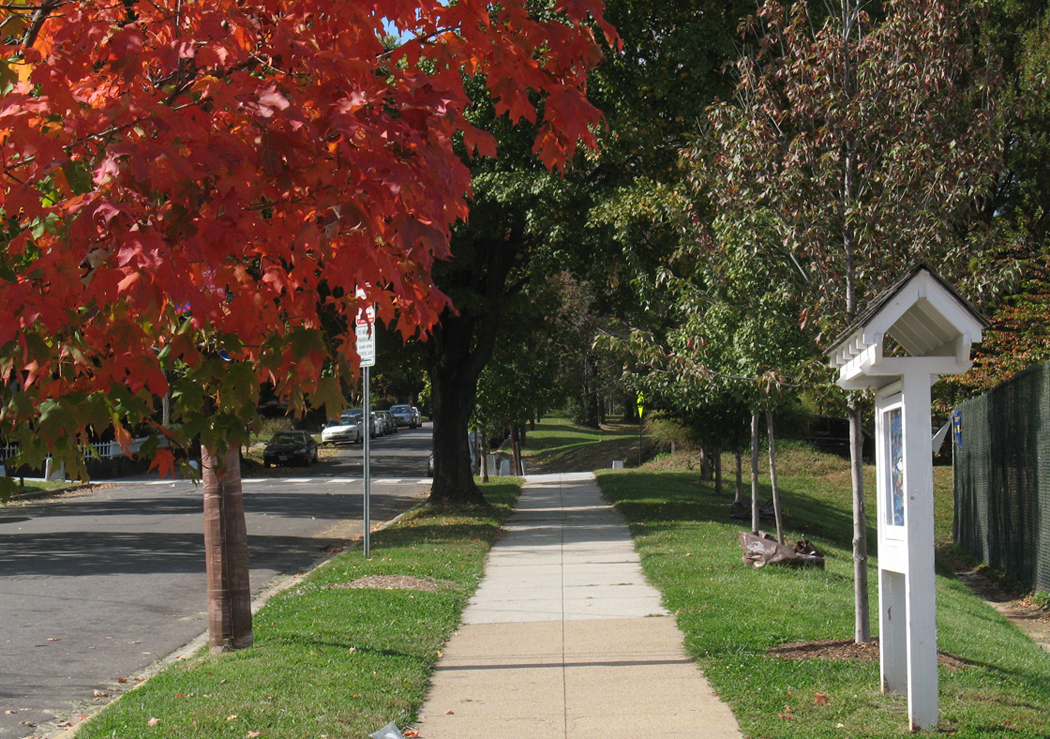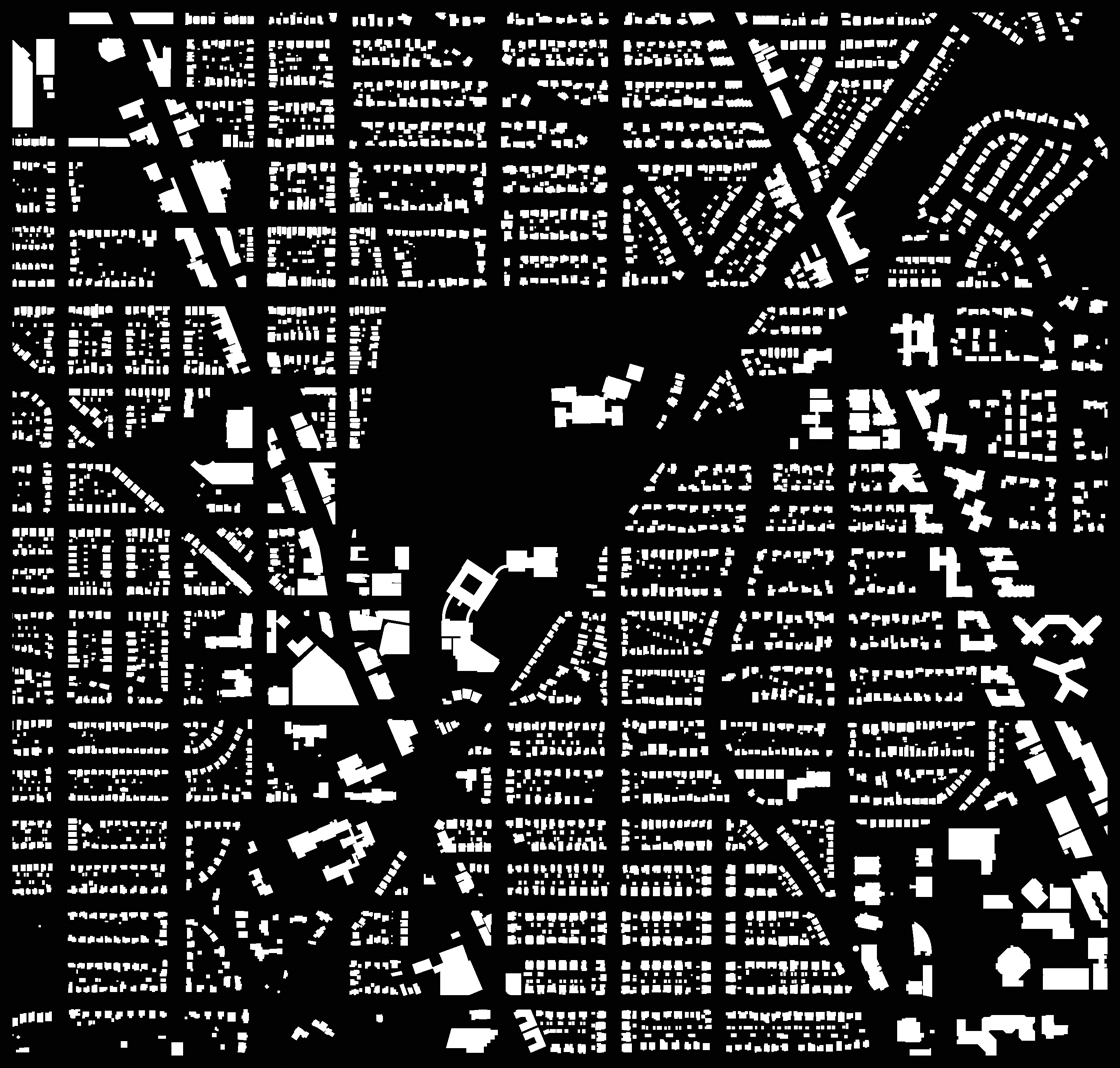This is what the average street looks like in Tobago. 30 foot setback, grass, buildings.
This is a part of the Nolli Plan. It’s a famous figure-ground drawing of Rome by a man of the same name that makes a visual comparison between structures and open space. There had been many drawings of Rome before, but Nolli’s particular drawing innovates on the others by showing the ground floor interior spaces or courtyards as part of the white space. It revealed columns and arcades, relating architecture to the urban form.
I wanted to do something like this for the T-T area, but look at it – it’s just not that appropriate. In the 18h century, all of the great buildings of Rome were public and had complex architecture – but more importantly, ground space could be occupied by two elements: structure or street. Grass really did not exist, churches were open almost all the time, and only a few buildings were set back from the street. There was no ambiguous yardage between building and pathway, as there is in the subject area.
Let’s consider the voids to be ground space. It’s better, but it doesn’t mean anything. Some of that space is road, some is sidewalk, and some is “green space.” Giambattista Nolli actually made some distinction in his map, checking “private buildings” and fully poching the specific plans of physical private structure. Legal restrictions and subjective avoidance of ground conditions don’t factor into this kind of analysis of the perception of space. Even then, the law and the social views about freedom of movement depend on the individual and their means of motion: automobile, foot, and bicycle. Because of the laws and the disentanglement of physical obstructions and social restrictions, we have to develop a more nuanced language of the figure-ground; the socio-lexical (or whatever) nolli map will be gray, just as the feeling of motive freedom appears in uncertain degrees.




1 thought on “Reno Park Update 091017: Nolli Fails”